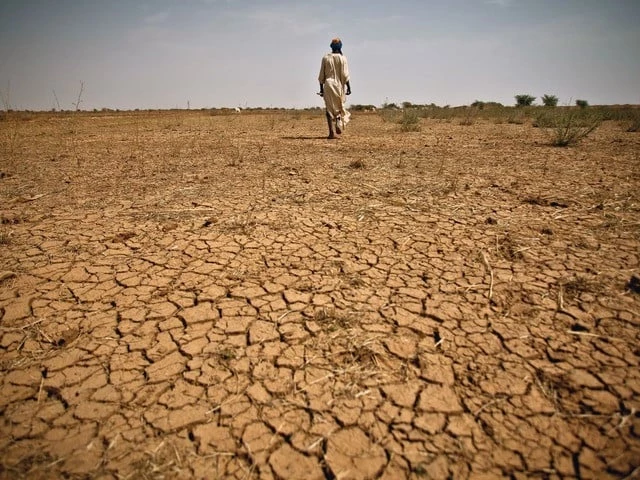Westerly winds are expected to bring the first spell of major winter rain starting December 6, and are expected to continue throughout the month.
The Balochistan Meteorological Department has issued an encouraging forecast for drought-hit areas of the province, predicting heavy rains accompanied by thunderstorms and lightning in December.
Authorities said a strong westerly wind system was expected to bring the first significant period of winter rain between December 6 and 10, with intermittent downpours likely to continue throughout the month. According to meteorologists, the expected rainfall could bring substantial relief to drought-hit districts including Zhob, Sherani, Musa Khel, Barkhan, Kohlu, Sibi, Lasbela, Awaran, Kech, Gwadar, Panjgur, Khuzdar, Qila Saifullah, Chagai, Noshki, Washuk and Mastung.
Some areas may experience heavy downpours accompanied by thunder, while higher elevations could receive snowfall. Experts noted that northwesterly winds are unusually active this year and consistent humidity from the Arabian Sea is expected to support a prolonged and beneficial rainy regime. The rains could help replenish dams and groundwater reserves across the province.
The forecasts have sparked cautious optimism among farmers, ranchers and rural communities struggling with persistent water shortages. In several areas, residents gathered at mosques to offer voluntary prayers, in search of greenery and replenished water supplies.
The department, however, urged the public to remain vigilant, especially those living near streams and seasonal water channels, warning that heavy downpours could trigger flash floods.
Balochistan is reeling from a prolonged drought, with 12 districts classified under severe drought conditions. Last month, the Pakistan Meteorological Department issued an advisory urging the provincial government to take preventive measures in vulnerable areas.
According to the Met Office, Balochistan’s climate varies from arid to semi-arid, marked by highly erratic rainfall, wide temperature variations and prolonged dry spells. The southwest and southern regions of the province benefit little from the summer monsoon and rely heavily on winter showers, with annual precipitation ranging between 71 and 231 millimeters.
Between May and October 2025, these regions recorded a below-normal rainfall deficit of 79 percent, alongside a marked increase in the number of consecutive dry days, factors that intensified drought conditions. The PMD report summarizes rainfall deviations and increasing dry spells in the affected districts.




